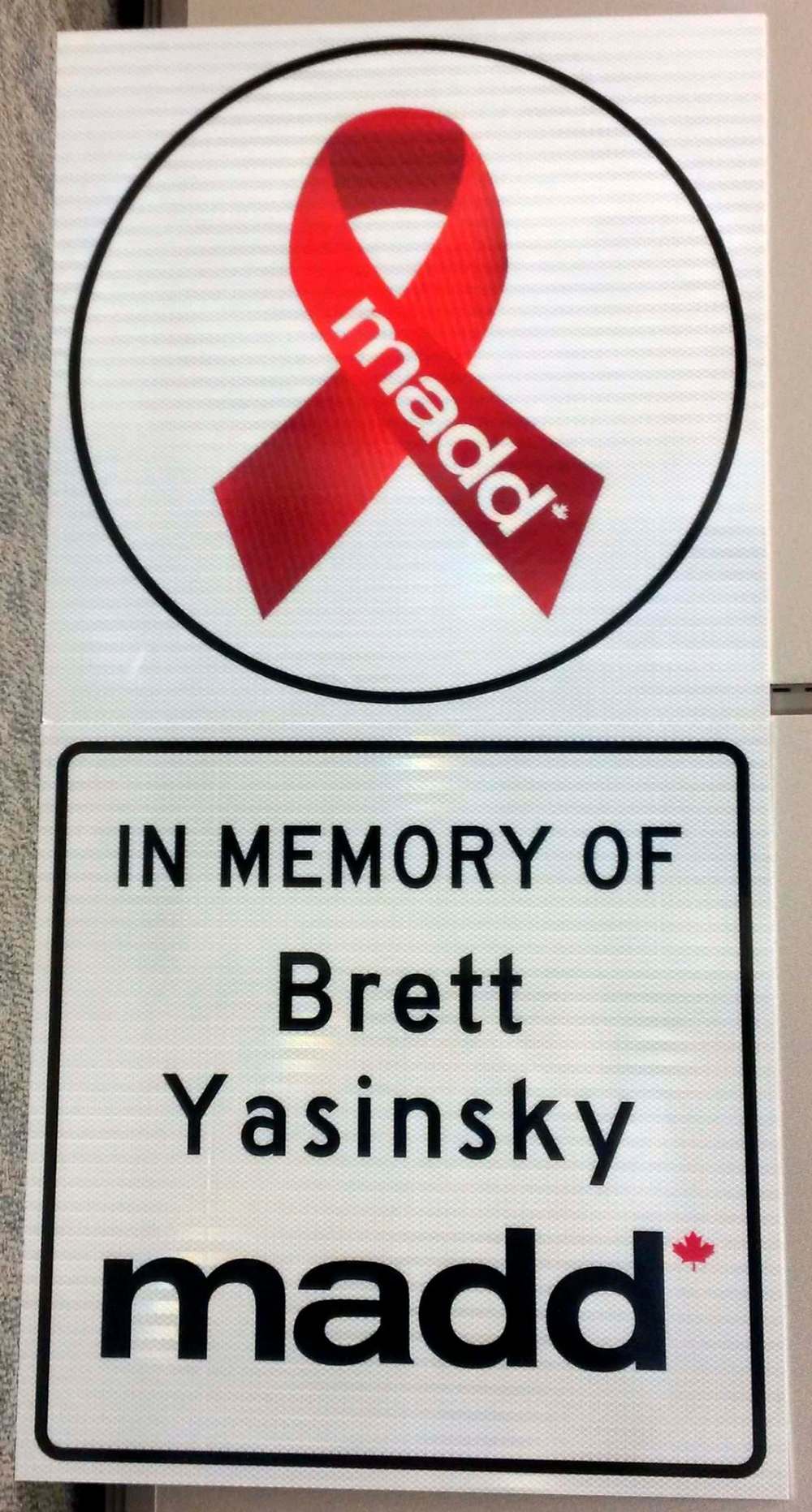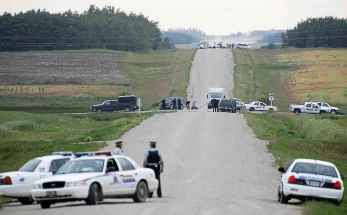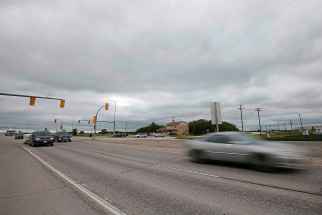A respectful take on roadside memorials
Read this article for free:
or
Already have an account? Log in here »
To continue reading, please subscribe:
Monthly Digital Subscription
$0 for the first 4 weeks*
- Enjoy unlimited reading on winnipegfreepress.com
- Read the E-Edition, our digital replica newspaper
- Access News Break, our award-winning app
- Play interactive puzzles
*No charge for 4 weeks then price increases to the regular rate of $19.00 plus GST every four weeks. Offer available to new and qualified returning subscribers only. Cancel any time.
Monthly Digital Subscription
$4.75/week*
- Enjoy unlimited reading on winnipegfreepress.com
- Read the E-Edition, our digital replica newspaper
- Access News Break, our award-winning app
- Play interactive puzzles
*Billed as $19 plus GST every four weeks. Cancel any time.
To continue reading, please subscribe:
Add Free Press access to your Brandon Sun subscription for only an additional
$1 for the first 4 weeks*
*Your next subscription payment will increase by $1.00 and you will be charged $16.99 plus GST for four weeks. After four weeks, your payment will increase to $23.99 plus GST every four weeks.
Read unlimited articles for free today:
or
Already have an account? Log in here »
Hey there, time traveller!
This article was published 02/08/2018 (2691 days ago), so information in it may no longer be current.
When drivers roar past highway roadside memorials at 110 km/h, it’s too fast to see details of the homemade shrines. That won’t be the case with a new type of roadside memorial that was unveiled Wednesday.
There’s long been a Manitoba custom of families and friends grieving crash victims by arranging roadside memorials.
A typical tableau includes a cross, flowers, a candle, the deceased person’s picture and perhaps an intimate memento, such as a teddy bear.

Such makeshift monuments are commonly erected on provincial land without permission and, understandably, politicians have been loath to forbid them.
Any official who orders such memorials dismantled would risk being accused of having a hole where their compassion should be.
Still, there are muttered complaints about some memorials. Buffeted by Manitoba’s robust weather, unmaintained displays can become bedraggled with wilted flowers and fallen crosses.
When they become ignored eyesores, memorials communicate the opposite of the original intention to honour and remember the victims.
Another common criticism has been geographical. Homemade memorials are usually placed at the exact crash sites.
If the sites are a location prone to crashes, such as blind corners or hidden intersections, the additional distraction of a roadside memorial can increase the chances of future accidents at the same site.
Such criticisms seem to be addressed by a Mothers Against Drunk Driving campaign that began Wednesday with the unveiling of a sign on McPhillips Street (Highway 8) at Grassmere Road.
The memorial appears official and permanent, well able to withstand the rigours of Manitoba’s different seasons. It bears only a few words, “In memory of Brett Yasinsky,” and a red MADD insignia.
Another positive aspect of the MADD campaign is that the signs won’t be located at the precise crash locations if those sites are already dangerous. Instead, the location of the sign will be shifted slightly to a safer place.
To what degree will MADD signs replace homemade memorials? That remains to be seen. MADD gets permission from families before erecting signs, so some families might forgo their personal memorials when they learn MADD will do it for them.
However, MADD will only install signs after the driver has been convicted, which, thanks to Manitoba’s backlogged court system, can take as long as two years, so some families might decide not to wait and will more promptly craft their own memorials.
The city will also install a metal memorial band on a pole near the site. It names the deceased and the year of death.
The family pays the band’s cost of $125.
For the record, Brett Yasinsky, the name on the first MADD sign in Manitoba, was a 22-year-old man driving to pick up his girlfriend and attend a movie on Nov. 10, 2010, when his vehicle was hit by an impaired driver.
Most of us didn’t know Mr. Yasinky, but all of us should know why he died.










